Why is my orchid dying? The experts explain what not to do when caring for these exotic plants
Learn the main causes of orchid death so you can keep your indoor display looking beautiful
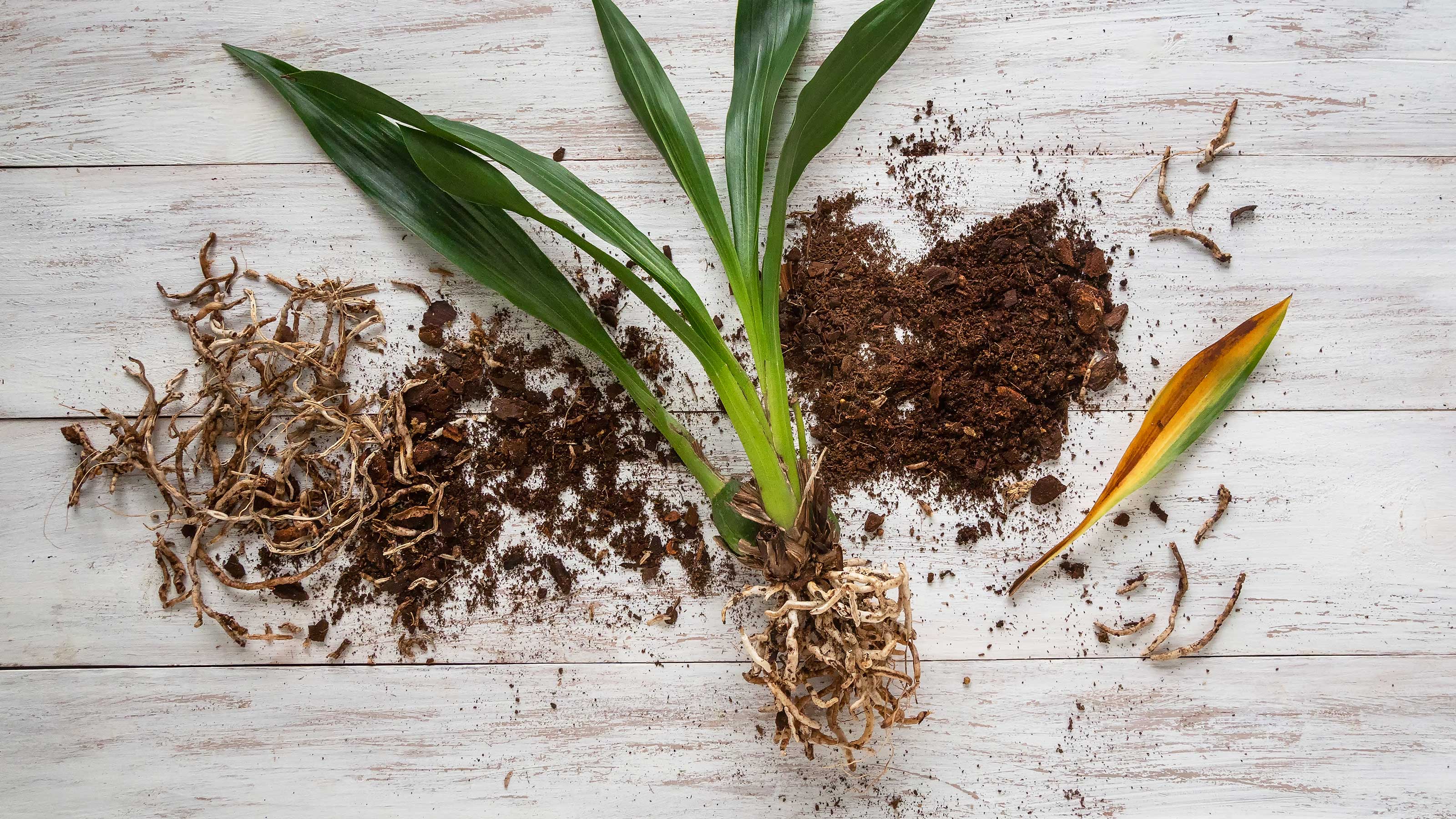


If you've recently bought yourself an orchid, or received one as a gift, knowing the main reasons why they die is super useful. After all, you'll want to keep these colorful bloomers looking their best for years to come – and they will, with the right care.
Orchids have a bit of a reputation for being tricky, but looking after them isn't too difficult if you remember some key points. Get these wrong, and your orchid can start looking a little sorry for itself, and in the worst-case scenarios, it will give up completely.
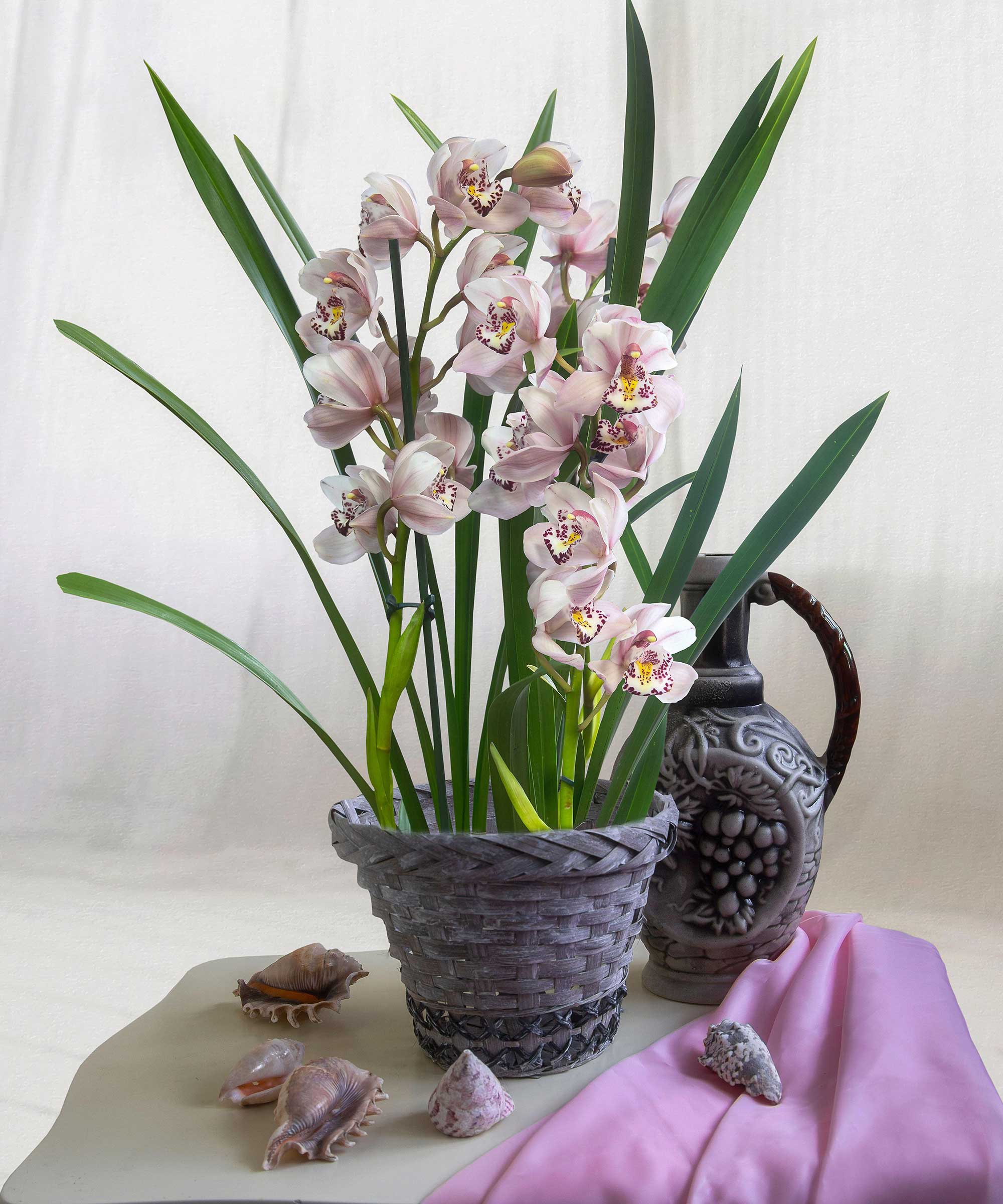
Avoid these common errors and your orchid will reward you with a stunning display
Why is my orchid dying? 4 common reasons – and how to avoid them
They may be some of the very best indoor plants for their showy display, but there are some important factors to bear in mind to keep orchids in top health.
1. A poor watering routine
The most common cause for orchids dying is to do with how much, or how little, you water them.
'Orchids are amazing plants because their visible roots can indicate how much moisture they need,' says the National Garden Bureau experts. 'If the plant needs more moisture, the roots will look silvery. Severely dehydrated roots look wrinkled and tan.'
A severe lack of water can happen very easily with plants grown on bark, says John Negus, an expert from Amateur Gardening. 'In their natural conditions, the atmosphere would be very humid, with water constantly dripping onto the foliage and aerial roots (both are capable of absorbing moisture) and very little water evaporating from the surface,' he says. 'Although they don’t need as much moisture as terrestrial plants, they suffer just as much in its absence.
'The important thing is to improve humidity levels around the foliage and roots,' John continues. 'Aerial roots work slightly differently from terrestrial roots, but the simplest thing to do is to plunge the whole arrangement into water, leave it for a couple of hours, and then let it drain. Do this at least once a week, possibly twice, for the remainder of the growing season.
'In between times, mist the leaves and roots at least every day, giving them a good covering of moisture,' he adds. It will be beneficial to do this more than once a day if temperatures are high.

John has been a garden journalist for over 50 years and regularly answers readers' questions in Amateur Gardening magazine – including many on orchid care. He has also written four books and has delivered many talks on horticulture.
For best results, use collected rainwater or boiled water (left to cool down to room temperature) for misting and watering, says the RHS. The chlorine in fresh tap water can harm these plants.
'The goal is plump roots that are green after watering, returning to a silvery-green color as they dry off,' says the National Garden Bureau. However, be cautious not to overwater these houseplants, either. If you spot dark and mushy roots, your plant is overwatered and beginning to rot, they explain – and root rot is one of those houseplant diseases that can be tricky to recover from. Other telltale signs that you're overwatering your orchid include the flowers falling off, and the leaves turning yellow.
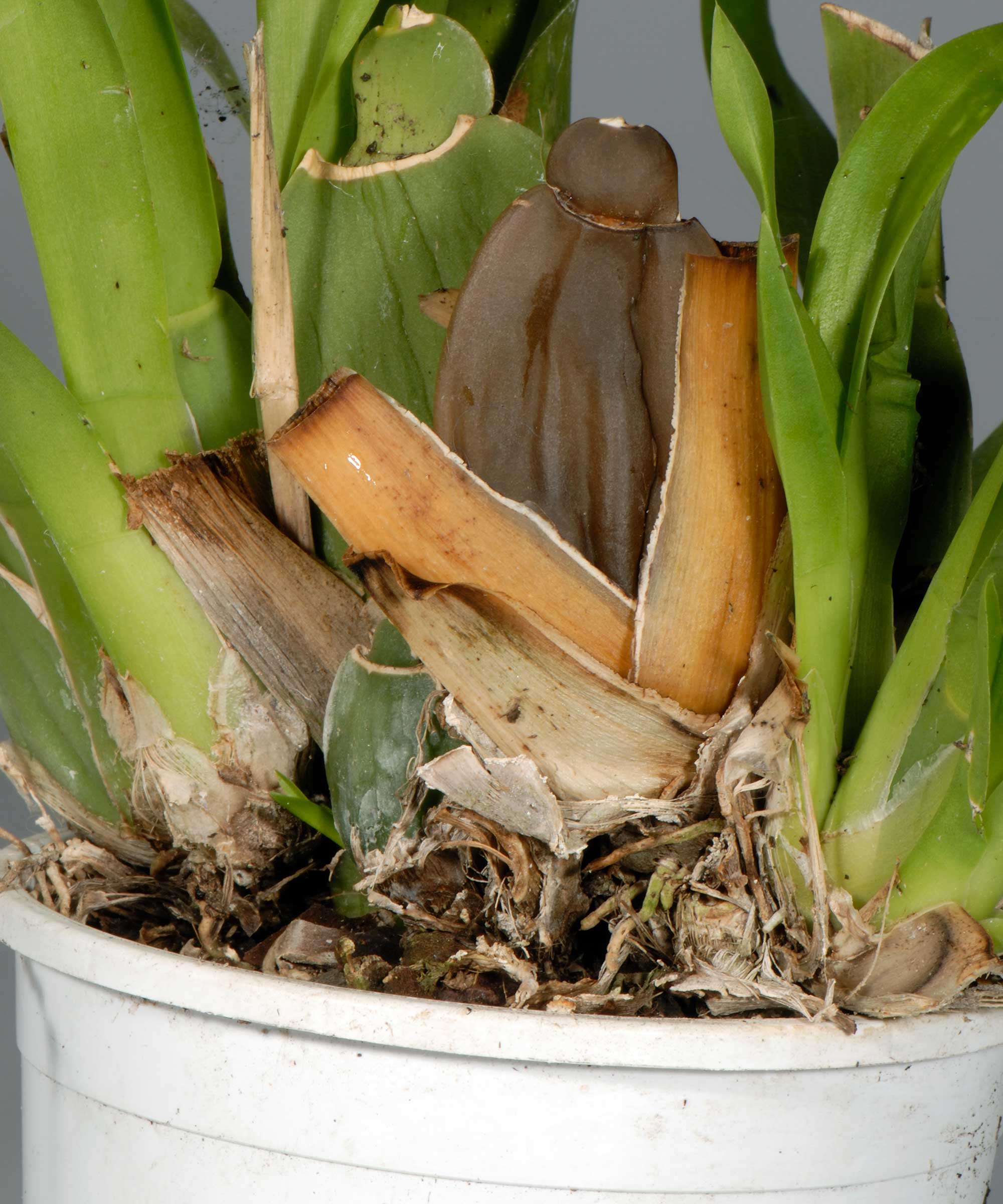
Root rot is caused by overwatering orchids
2. Too much or too little light
Good lighting is also important to help these plants thrive. A lack of this isn't always fatal, but it will stop your orchid reblooming and can result in poor growth. Too much, on the other hand, can scorch their leaves.
'Orchids love long periods of indirect light,' says the experts at the National Garden Bureau. The best growth activity occurs when the orchid receives 10-16 hours of this.
A good test to see if the location in question is adequately lit for your plant is to hold your hand up and check the shadow, they continue. 'If the shadow is blurred, you’re good to go. If it is more distinct, the light level is too high.'
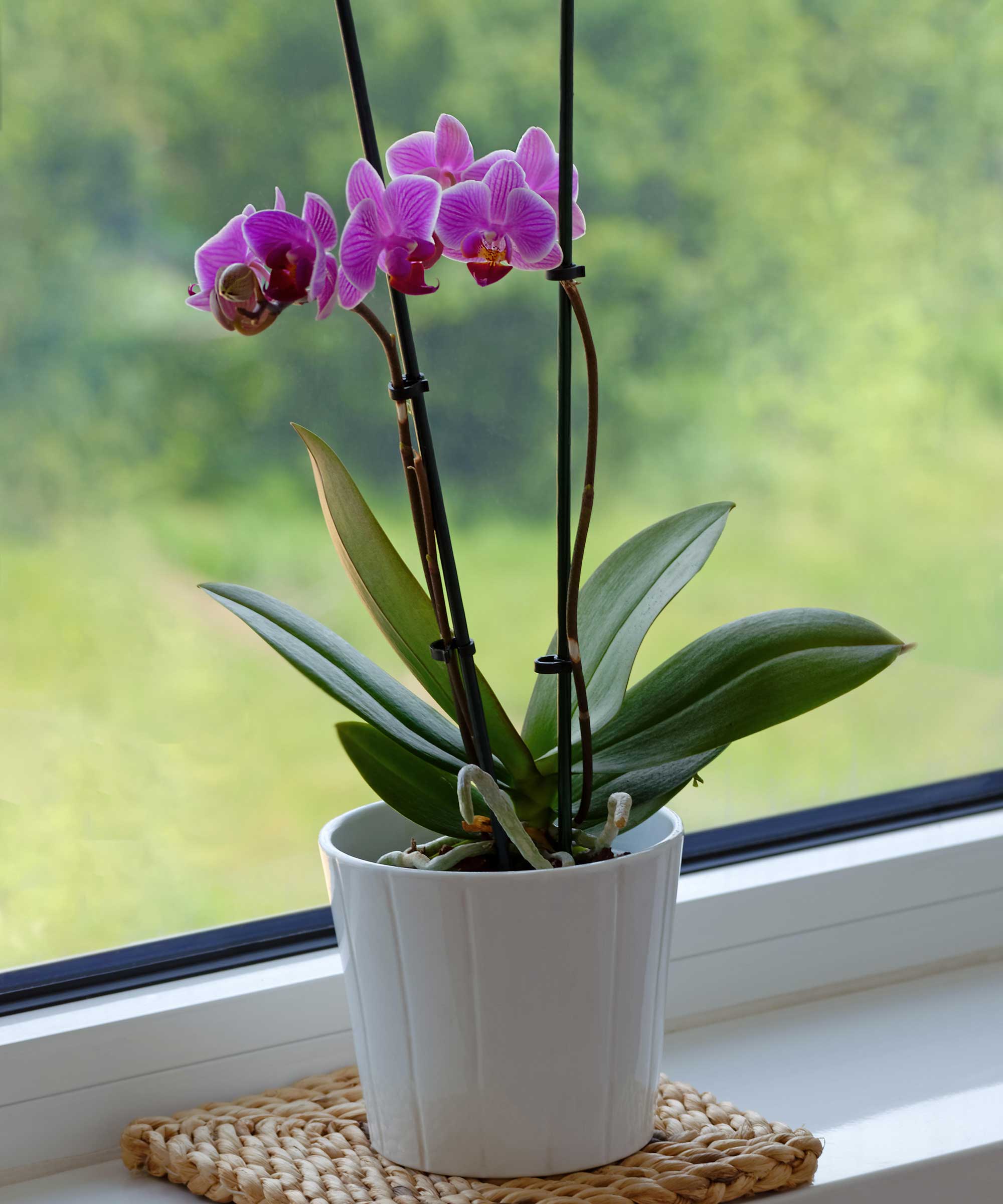
Orchids do best in indirect light
3. Orchid pests
It's always worth looking out for pests in your indoor garden. There are a few varieties that can affect orchids and wreak havoc.
Red spider mites can be particularly problematic. 'These microscopic insects suck sap from leaves and cause cells to die,' says John. 'If you look at the foliage through a microscope you should be able to see the mites scurrying around.'
John recommends tackling the pests with BugClear Ultra Gun (available on Amazon), a contact and systemic pesticide. 'Additionally, feed your plant with orchid fertilizer to improve its immunity to attack from these pests and boost its vigor.'
Mealy bugs are another common orchid interloper. They are tiny sap-feeding pests, enveloped in protective sticky white ‘wool’, that colonize leaf joints and debilitate growth, says John.
Again, you can tackle them with a systemic pesticide spray. 'Unfortunately, a single application rarely eradicates it,' he says. 'I urge you, therefore, to spray fortnightly for a month or two to ensure that it disappears [double check the label of your chosen product first, to check this is safe for your plants].'
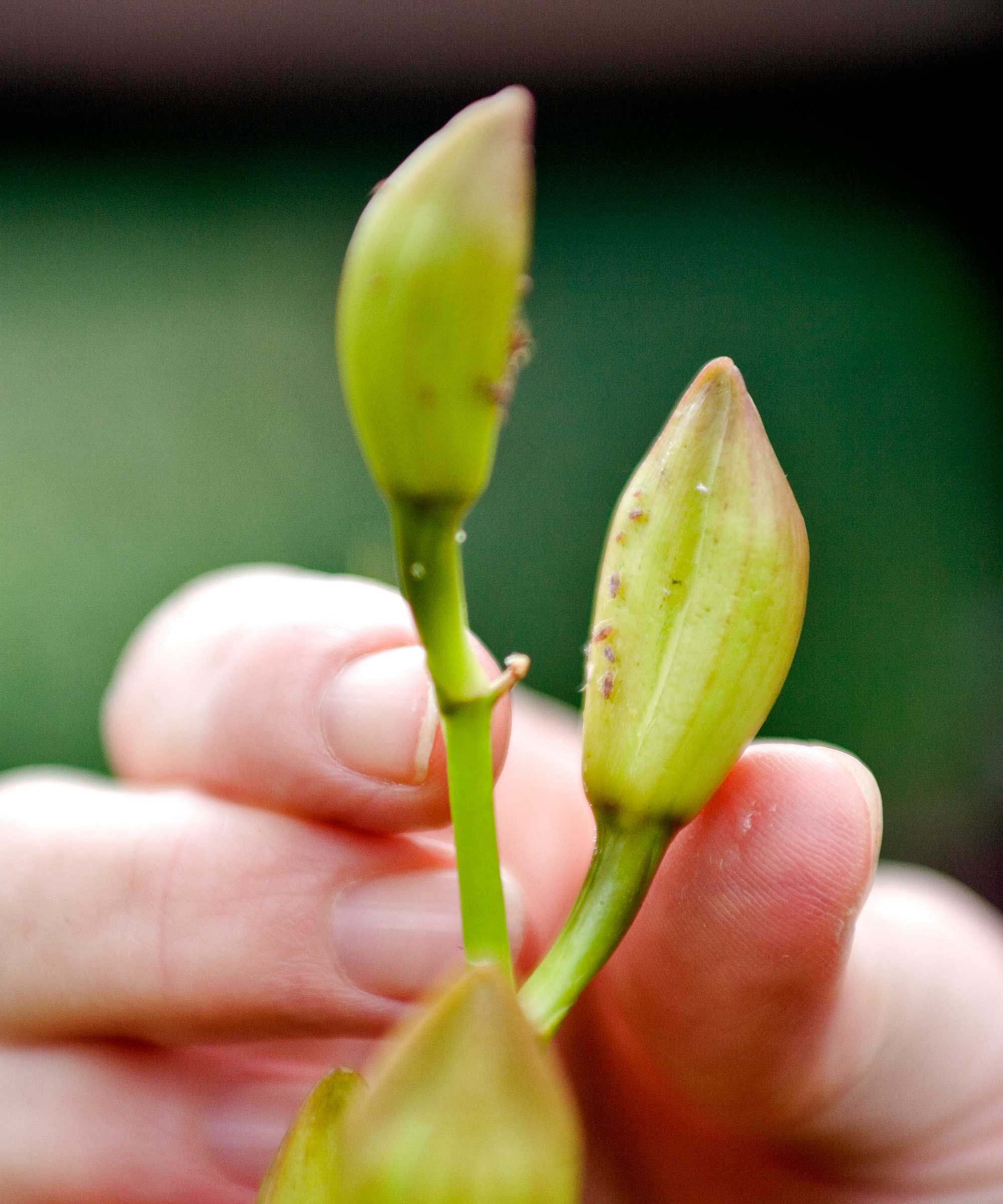
Pests can damage orchids
4. Over-feeding your orchid
Although fertilizing plants, orchids included, can help them grow stronger and healthier and prevent the leaves from drooping, it's important not to overdo it.
'Too much fertilizer is one of the often-overlooked reasons why your orchid houseplant is dying,' says Anthony Selvaganam, a certified horticulturist and Chief Content Editor of Plantials.
'I see this issue mostly with beginner houseplant owners. They think, by applying fertilizer, they're helping the plant. It's true to an extent, but not when you repeat it week after week.'
Orchids are generally considered to be sensitive to high levels of fertilizers, and too much fertilizer can lead to a variety of problems like root burn, salt build-up, and nutrient imbalance, he explains.
You can buy fertilizers that are specifically suited to orchids (available on Amazon), but if you choose to use normal houseplant fertilizers instead, proceed with extra caution. 'Common houseplant fertilizers contain high levels of nutrients, including nitrogen, phosphorus, and potassium. When too much fertilizer is applied, the excess nutrients can "burn" the orchid's roots, causing them to become damaged or even killed.'
'Fertilizers also contain salts, which can build up in the soil over time and cause problems for the orchid,' Anthony continues. 'Excess salt can cause the soil to become too dry and lead to nutrient deficiencies, which can stunt the growth of the orchid or even kill it.
'To avoid killing your orchid by overfeeding, it is important to use fertilizers carefully and according to the recommended guidelines provided by the manufacturer. In general, it is best to fertilize orchids at a lower rate and more frequently, rather than applying a large amount of fertilizer all at once. This helps to prevent over-fertilization and allows the orchid to take up the nutrients it needs without causing any harm.'
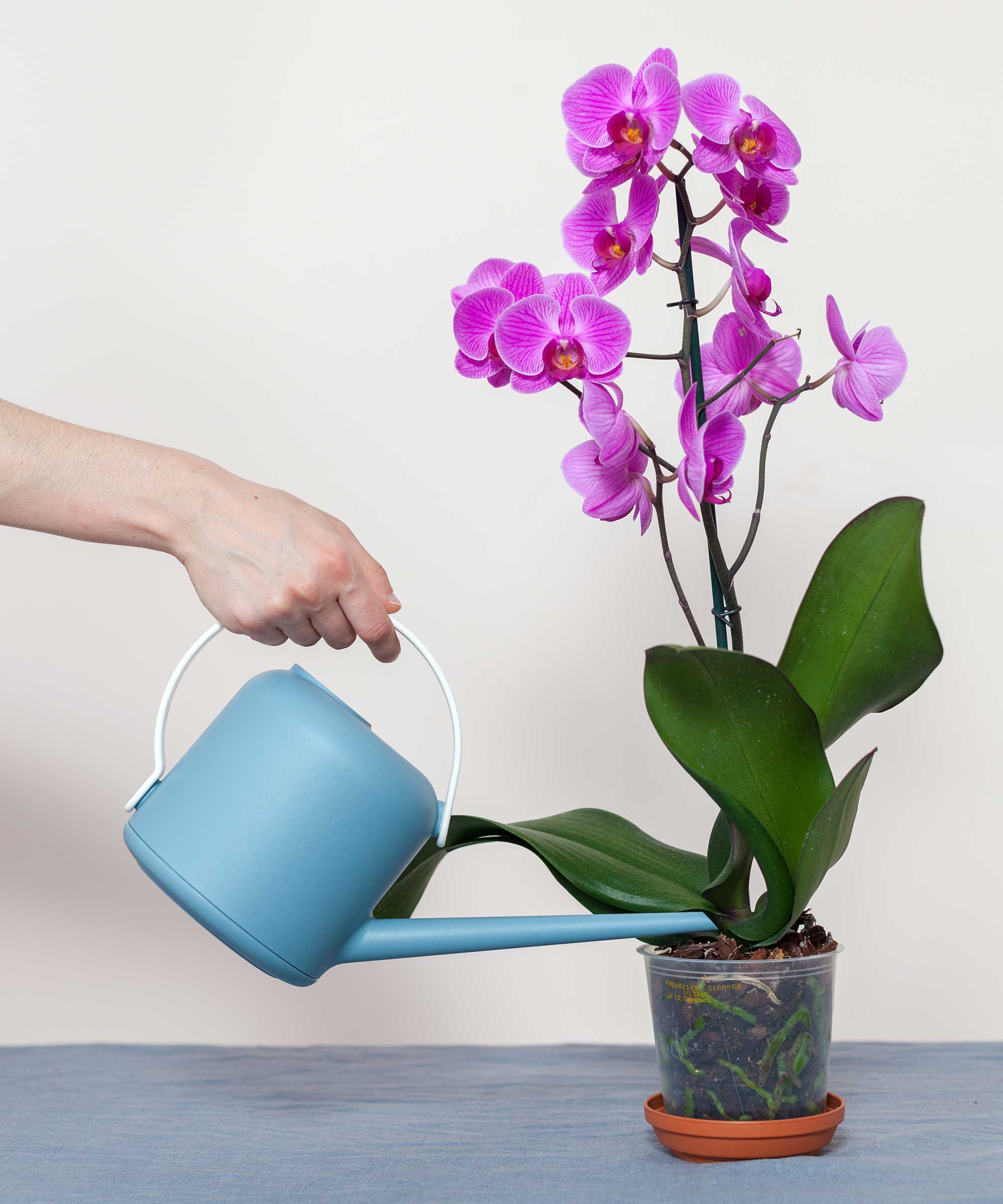
Too much fertilizer can be detrimental
Can you revive a dying orchid?
If your orchid is looking unhappy, check through the above and take any appropriate action – whether this is watering, moving it somewhere with more or less light, or tackling pests.
Sometimes, it's best to repot your orchid to give it a fresh new start. This is the case for root rot, for instance – as you move it into its new container, carefully remove any damaged roots. Once replanted, keep an eye on your orchid and ensure it gets all the right care it needs – with any luck, it will bounce back to its former glory.

The garden was always a big part of Holly's life growing up, as was the surrounding New Forest where she lived. Her appreciation for the great outdoors has only grown since then. She's been an allotment keeper, a professional gardener, and a botanical illustrator – plants are her passion.
